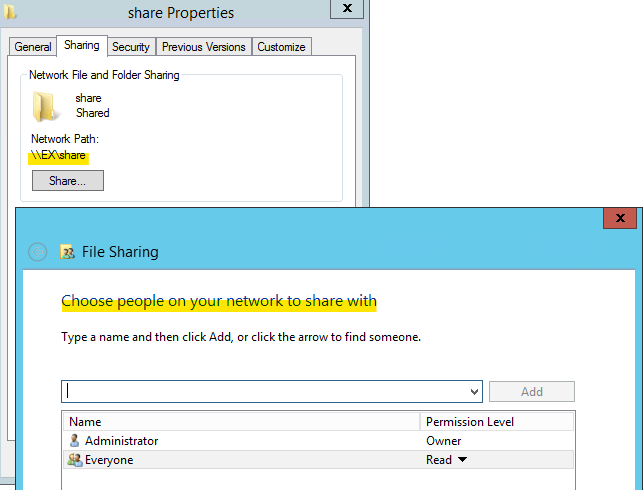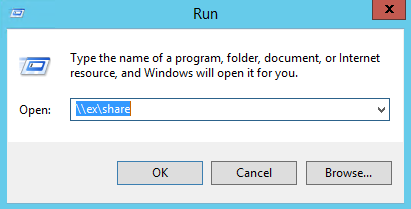Hi there,
The RequestFile parameter that takes the UNC path as input was removed with the 2022 H1 Cumulative Updates release. To export the requested file to a UNC path, you must use the Set-Content cmdlet.
For the error, network name cannot be found it occurs if one of the following conditions is true:
-The network components on the domain controller are not configured correctly.
-You did not update the network drivers on the domain controller
-The server is unavailable or unreachable.
You can follow the troubleshooting steps from the below article and see if that helps you
https://learn.microsoft.com/en-us/troubleshoot/windows-server/networking/system-error-67-network-name-cannot-be-found
----------------------------------------------------------------------------------------------------------------------------
--If the reply is helpful, please Upvote and Accept it as an answer–



